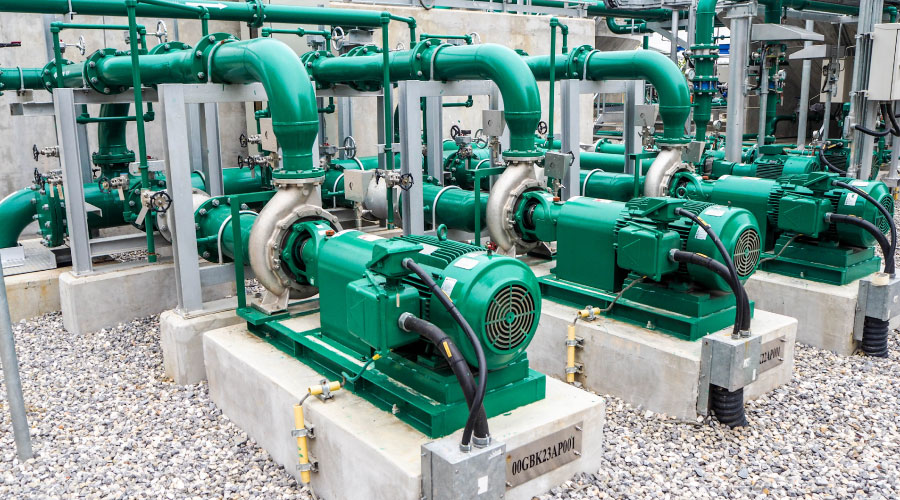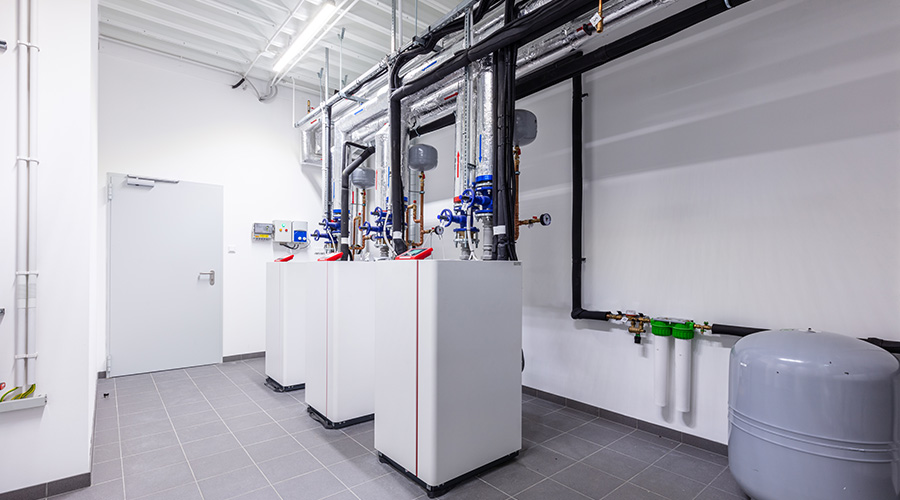BAS Significant Part of Mississippi State University Projects
The process of performing retrofits to curtail HVAC-related energy use also involves converting all campus buildings to building automation systems, which now are part of any new construction or renovation project.
"We have close to 80 buildings with direct digital controls, which comprise about 80 to 90 percent of our square footage on campus," Hardy says. "We've taken the control of a lot of our buildings to our central control system. We've had an aggressive campaign to request funds to allow our guys to go into buildings and identify what it's going to take to rip out the old stuff and put in new digital controls. We've executed that ourselves, sometimes with a little bit of contract help. But we've pretty much run those projects and added a number of those buildings to the centrally controlled system."
One important reason for the success of the university's energy-conservation efforts is technicians' knowledge of these systems.
"It's clear to me that it starts with having the right people on your team in terms of technical ability," Hardy says. "HVAC techs, controls technicians, electricians, whoever it is — that's the No. 1 priority, having people who are competent and driven. If you give one control-savvy-type guy or an HVAC guy the latitude to go and make improvements, that one person can do more throughout their time than any number of huge projects.
"Our people are our No. 1 resource, giving them the freedom and resources they need to make changes and improvements. If we lose that, we'll start to lose ground."
The boiler upgrades and the increased role of building automation systems in campus buildings bring benefits to the university's maintenance and engineering operations in other ways besides the bottom line. The new equipment also results in means less supervision and observation is required at the steam plant.
"Because of the modernization of the systems, we've seen reduced operational interface with our operators, and it allows you to reallocate your resources elsewhere," Hardy says. "The boiler project was a good example of that, and the controls initiative allows you to be more efficient in how you diagnose problems.
"The new boilers require reduced maintenance and operator supervision and they've allowed us to shift that workload, from where we used to have a steam plant that was staffed for a 24-hour operation. We don't have to do 24 hours anymore, because we can monitor the equipment with the control system. We don't need nearly the operators we needed to babysit the older equipment."
VAVs also have contributed greatly to the university's energy saving story. The systems are requested by the university's engineering staffs as part of any new building or
renovation projects.
"We've seen a big benefit from (VAVs)," Hardy says. "It allows you to ramp down the energy consumption of the building when you don't need it and ramp it up only in the areas where you do need it.
"When we find an old building that's not using VAV, we've tried to go in as we have time and money to add that functionality if at all possible. That's a technology we've really latched on to."
Related Topics:














